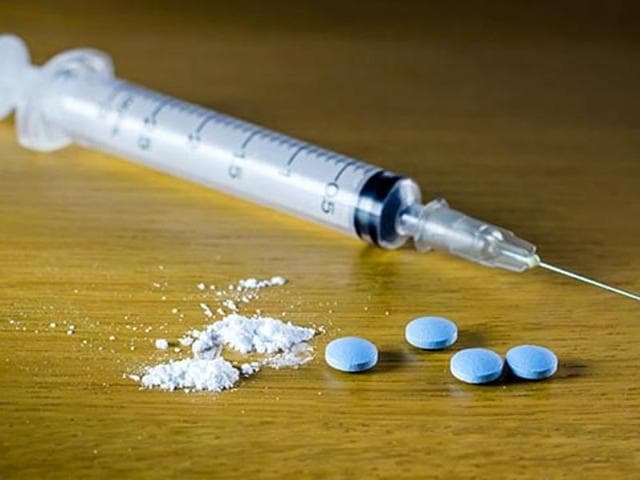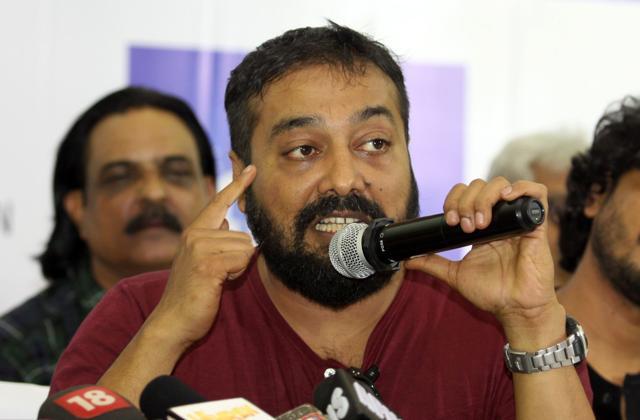Udta Punjab: How high is the state? No one really knows
As controversy rages over Shahid Kapoor-starrer Udta Punjab, experts say research on the subject is patchy and no study spells out the extent of the scourge or answers the crucial question: Why Punjabis take more drugs than others, if they do.
In June 1893, the then prime minister of the United Kingdom claimed that many in Punjab were addicted to opium and the habit wasn’t considered degrading. “In Punjab and other provinces, opium is consumed by the flower of the population. Many in those provinces say they cannot do without it,” William Ewart Gladstone told the House of Commons.

Roughly 130 years have passed since but there is still little research on Punjab’s drug problem to back its image as a state filled with addicts.
Read: A list of all 94 cuts CBFC demanded in Udta Punjab
As controversy rages over Shahid Kapoor-starrer Udta Punjab, experts say research on the subject is patchy and no study spells out the extent of the scourge or answers the crucial question: Why Punjabis take more drugs than others, if they do.
Most research is limited either by sample size, range of drugs considered or districts covered and the results are akin to the travails of the proverbial four blind men: A bit of the truth but not the whole truth.
Read | Sukhbir wrong: Punjab indeed has a drug problem, worse than India, world

So are the makers of Udta Punjab mistaken in saying 70% of the state is hooked onto drugs? The answer, it turns out, is fuzzy.
Read| How can a ‘Punjab’ board pose threat to India: Bombay HC asks CBFC
Director Abhishek Chaubey and team aren’t the first to make the claim. In 2012, Congress’ Rahul Gandhi told an assembly poll rally that seven out of 10 young people in the state were addicts.

The ruling Shiromani Akali Dal pounced on the statement and demanded to see its source. But ironically, the trigger for Gandhi’s remarks may have been a botched state government affidavit.
In May 2009, the department of social security told the Punjab and Haryana high court that 67% of rural households in the state had at least one addict. The affidavit attributed the calculation to a 2006 study by RS Sandhu of Amritsar’s Guru Nanak Dev University.
Read | Punjab’s struggle with drugs
But Sandhu’s study said something completely different, arguing that 73% of addicts were between 16 and 35 years. His sample size included 150 addicts each in Amritsar, Jalandhar, Bathinda and Patiala districts.

In 2010, a government study found that a majority of drug abusers belonged to the 16-35 year age group (76%), including 3% from the 6-10 year age group.
The research was conducted in the border districts of Amritsar, Tarn Taran, Gurdaspur and Ferozpur, based on interviews with over 1,500 drug dependents, 40 peddlers, chemists and community leaders.
This year, a study by Delhi’s All India Institute of Medical Sciences attempted probably for the first time to find out the extent of the problem.
Watch Shahid Kapoor in the title track of Udta Punjab
The AIIMS study counted 230,000 opioid-dependent people in Punjab with most of the addicts in their 20s and early 30s. But the study was limited by the range of drugs covered.
Also read I Udta Punjab: Facts, figures and falsehoods of state’s drug problem
Follow @htPunjab on Twitter for more





